Non-steroidal anti-inflammatory drugs (NSAIDs) have both painkilling and anti-inflammatory effects and are widely used on UK dairy farms. Research has been carried out into the use of NSAIDs in the treatment of lameness which has clearly demonstrated their benefits for this costly and painful condition.
NSAIDs for Digital Dermatitis
A study has just been published which evaluated a single injection of a short-acting NSAID in cows with digital dermatitis in addition to an antibiotic spray. Lame cows which received the NSAID were more than 20 times less likely to still be lame 7 days after treatment than those which did not. In addition, freshly calved lame cows with digital dermatitis produced over 10kg/day more milk over this 7 day period if they were treated with an NSAID.
Which NSAID should I use?
A variety of NSAIDs are available. This includes products with zero milk withdrawal and a long duration of action that only require a single injection, making them convenient to use as well as cost effective. Please speak to a vet about which product would be of most benefit in your herd.

NSAIDs for claw horn lesions
Cows with claw horn lesions (sole bruising, sole ulcers and white line disease) had a significantly better chance of recovery when given a 3 day course of an NSAID alongside corrective trimming and application of a block to take the weight off the affected claw. When all three treatments were used together around half as many cows failed to recover by 35 days after the treatment (see table).
The best time to use NSAIDs is early on when the lameness is less severe, and before irreversible changes have occurred in the foot. Inflammation associated with claw horn lesions can cause long-standing damage inside the hoof, such as the growth of spurs of bone (see picture). These can delay healing and make the cow prone to new bouts of lameness in the future. It is thought that NSAIDs work by reducing the severity of these changes.

Picture: Bony spur in the foot as a result of a long-standing sole ulcer.
Source: Roger Blowey, The Veterinary Record
As NSAIDs can increase the recovery rate of claw horn lesions their benefits go beyond the improved welfare that results from their pain-relieving effects. However, recovery rates only improve significantly when they are used in early lesions and alongside corrective trimming and a block. As such, prompt identification and effective treatment of lame cows remain essential for a successful recovery.
A case of lameness due to a claw horn lesion typically costs over £300, mostly due to loss of milk yield, reduced fertility and increased culling. By increasing recovery rates, NSAIDs are an effective way of reducing these costs.

Table: Cure rate of claw horn lesions. From Thomas et. al., 2015.
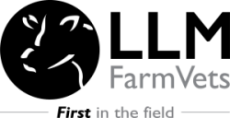



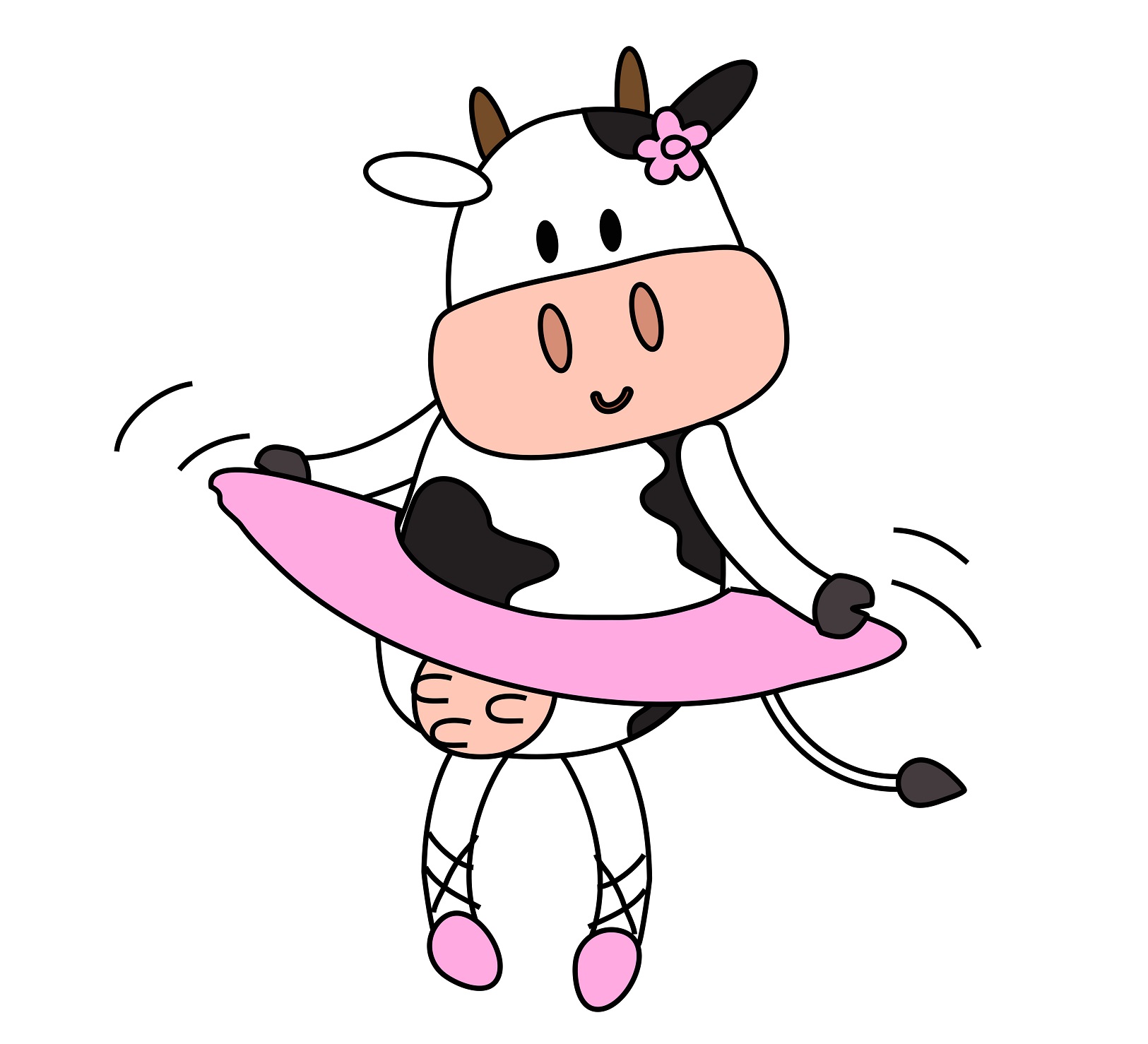

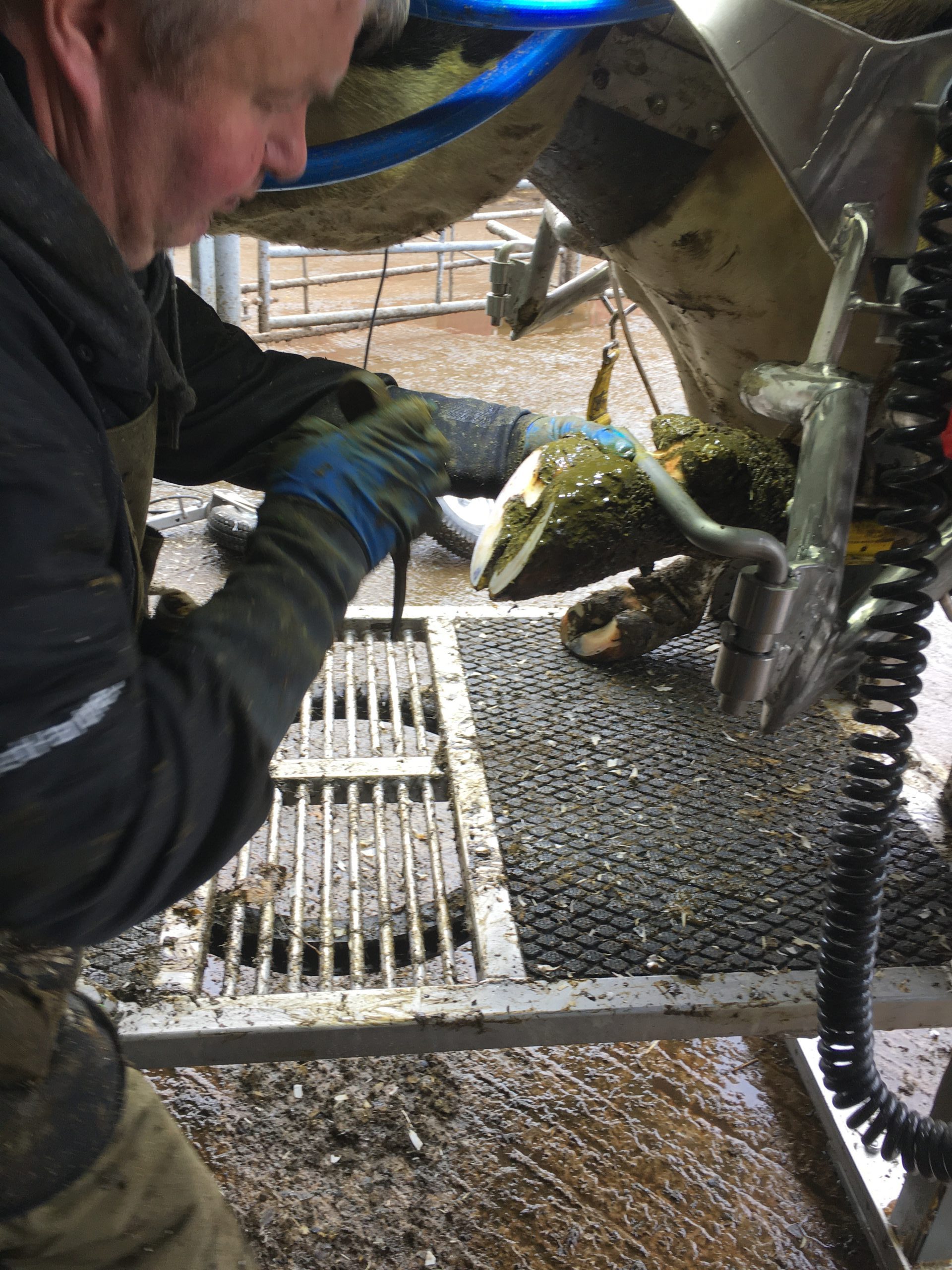
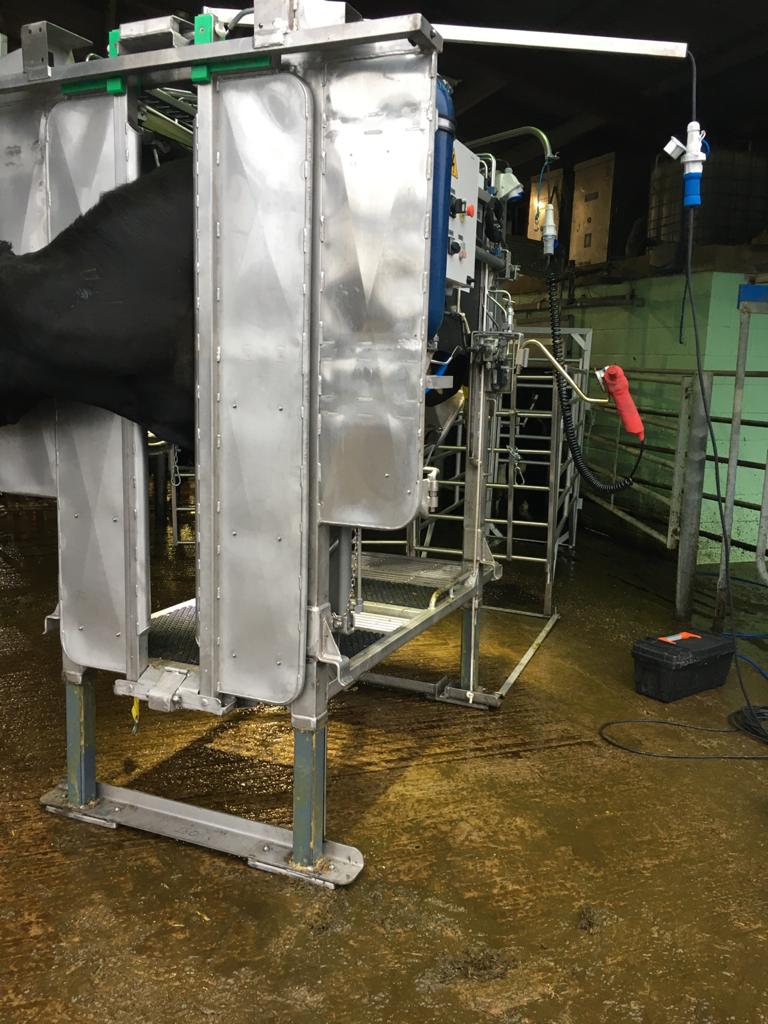
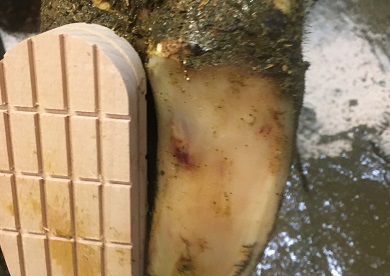
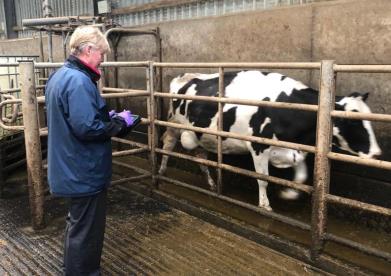
Leave A Comment